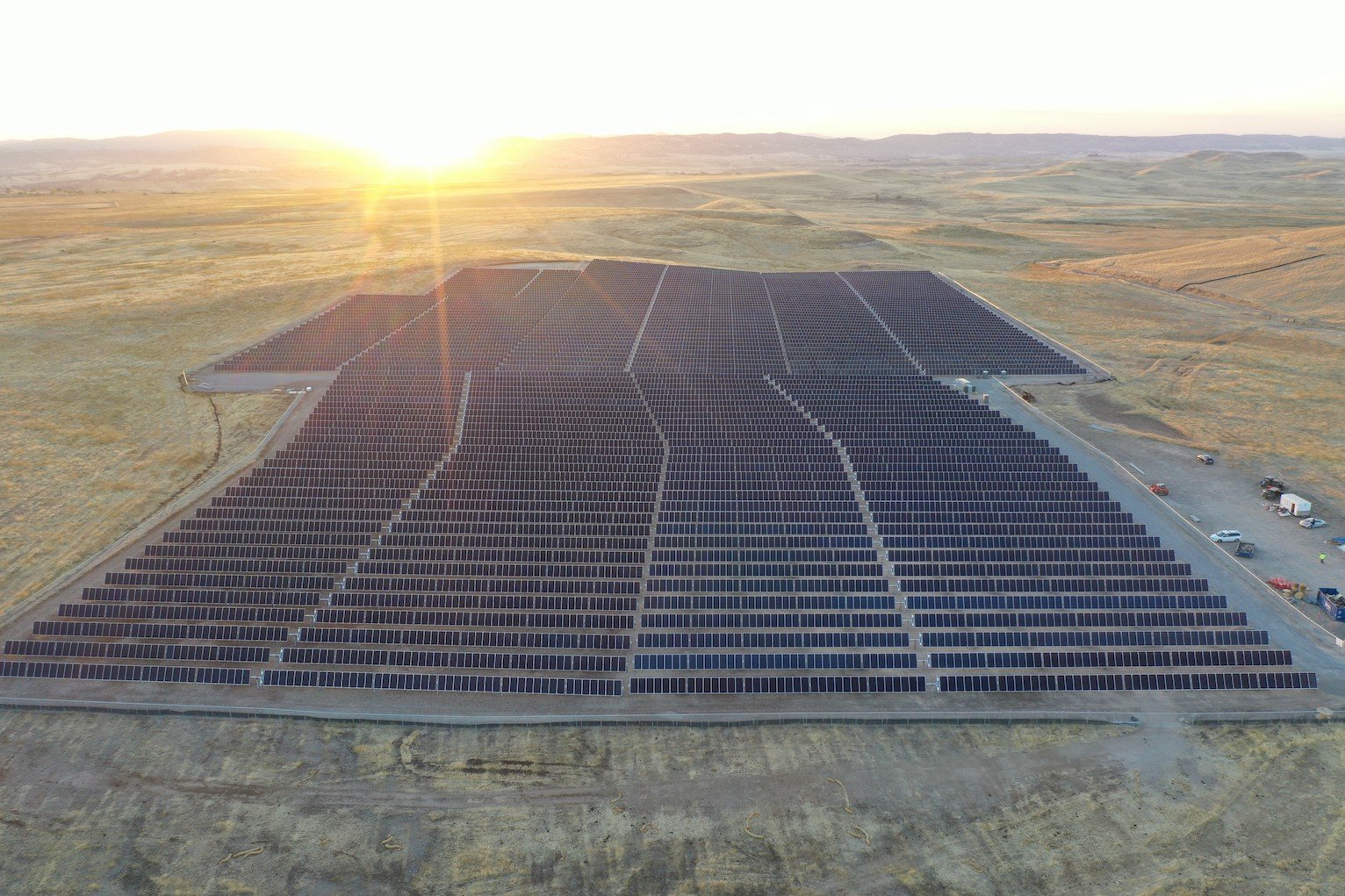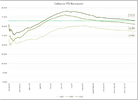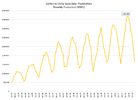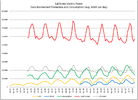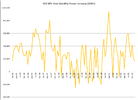bkp_duke
Well-Known Member
The original NEM 3.0 proposal was $8 per AC kw rated (not PV, but your inverter), not sure why everyone is saying $10 now.
I think that you are an outlier with only 2% of your imports which means if your total usage last year was 10,000 kWh you only imported 200 kWh. I am a net generator yet during the last 12 months I imported 3,109 kWh, exported 6,781 and my house consumed 6,195. I could have reduced the amount of imports by going to self-consumption, but I don't think that I would get down to the 2% number that you have. Right now there is no incentive to really do that as with the current Minimum Daily Charge and Non-Bypassable Charge rates I can import 10.3 kWh/day or 3,760 kWh/year and not pay anything more than the annual MDCs.
A lot of residential solar is net consumer and people owe when their annual true-up(s) come around. I think that there are two reasons for this, the first is solar installer pushing for lower number of panels so the project cost is lower and more people will install with them and the second is a push from PG&E to keep installs at 100% (was 110%) and as we move to EVs and electric HVAC this will be even worse.
Even if you are net generator, then most are treating the grid as a battery for night versus day (this is my mode) or for winter versus summer.
These view is being pushed by multiple groups and economic professors. They may be fronts with grants form the IOU that influence their advocacy.
The current NBC is $0.02666/kWh, so very close to 3c that you find reasonable, but it isn't enough since the NBC amounts are going to mostly non-grid programs. IMHO, all IOU customers need to move to a fixed connection charge that applies to both solar and non-solar customers to cover the "grid". This is a revenue structure that is used by many utilities to cover the fixed costs uniformly along with a reduction in the current rates to make it a neutral price change for most customers.
That seems unlikely to occur, so the next best option is to raise the cost to import. If NEM3.0 import transmission and distribution costs (which include the NBCs) were no longer offsettable with export that would raised revenue to pay for the grid (and the CPUC programs) this would in turn modify the behavior of customers with ESS to switch to self-powered and encourage more adoption of ESS for future installations.
I am not an outlier. I was 4 years ago when I went this direction, but after SDG&E put our area through a 36h forced grid outage for high winds, over 20 of the 40 houses in my neighborhood have come by my house and replicated my setup. They all now have between 2 and 4 power walls mated to large solar systems. Without fail, every last one of them said something along the lines of "never again will I be beholden to SDG&E".
When you talk to the installers in SD County, they are installing a LOT of powerwalls. Tesla won't sell powerwalls without solar anymore, but they are selling them to 3rd parties to do the installs. Baker Electric, Stellar Solar, and about a dozen others are doing tons of retrofits in the area to add battery to existing solar systems.
One of the largest advocates for "equitable solar" in SD County was Lorena Gonzalez (yes, the one that said "F--- Elon Musk"). She pushed HARD under the guise of "this is a subsidy for the rich". She is the legislature that originally got us on this NEM 3.0 mess. Like all arguments, there is just a sliver of a grain of truth enough to it to make people believe the argument. But the devil really is in the details. She resigned from the CA legislature after it was uncovered that her largest campaign contributors were . . . the 3 investor-owned utilities in the state. She resigned to "take a job elsewhere" . . . guess where that is? As a lobbyist for a consortium backed by . . . the 3 investor-owned utilities.
Corruption at it's finest.
No, the only way to "solve" this "problem" is to open up the system for competition. Break up the utilities so that they are in charge of the polls and wires, and regulated what they can charge for that service (since it would be a gov-granted monopoly by region), and then allow anyone that wants to feed power into the grid to sell at market rates (with a protections against price gouging like what happened in TX when they had that super-cold spell nearly 2 years ago). This would allow companies like Tesla to aggregate their installed userbase and sell power, forcing competition on the traditional utilities. It is this scenario, the "disruptor scenario" that keeps the execs up at traditional utilities. They want to fight traditional solar and make it non-viable economically to protect their monopoly long-term.
SDG&E has the highest power rates in the country (we passed Hawaii last year). There really is no good reason why power+grid charges are 4-8X here what they are on the east coast or in middle-america. Those areas have their own natural disasters that they deal with nearly every year, but you don't see them jacking up the power rates to the same level. In Cali, we are seeing what happens when:
1) there is no competition (i.e. a government-granted monopoly), and
2) there is rampant corruption with the entity designated to oversee the utilities (CPUC)
I do disagree with your "fixed" connection charge scenario. If you increased the fixed charge, all that does is encourage you to use the grid as a battery MORE, not less. A NBC scenario, and up the price, make it 6c/kwh, encourages 1) self consumption and 2) the deployment of more residential battery storage (which makes the grid even more resilient).




